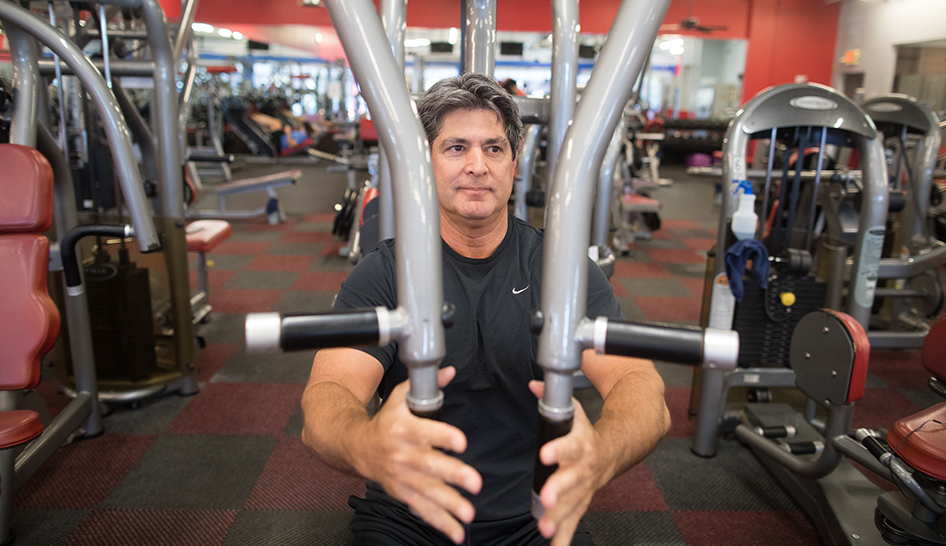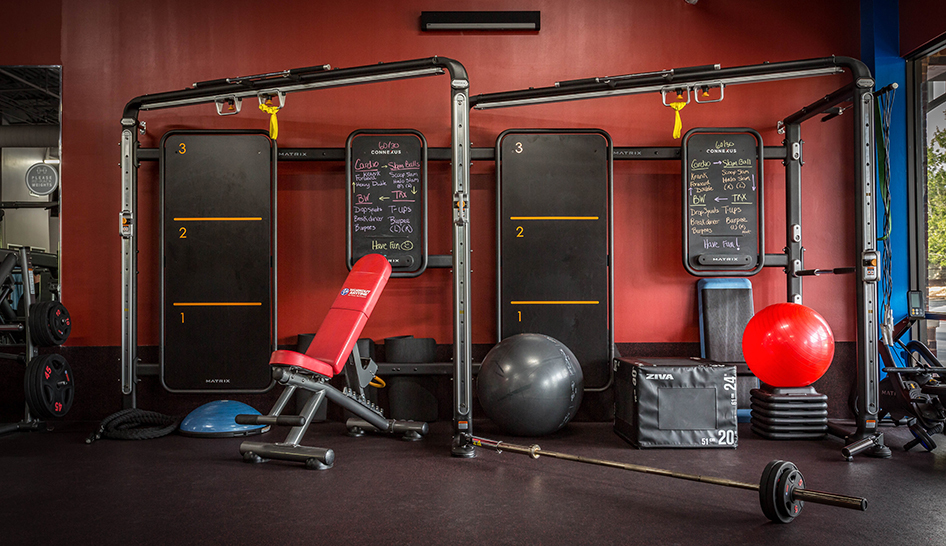Everyone should have access to a health club. But some areas of the country in small and medium-sized markets are underserved with limited options in choice of fitness facilities.
The economics of opening a club in a community with a low-density population just don’t make sense for many fitness entrepreneurs. The business is challenging enough without the added pressure of recruiting from a limited pool of prospects.
Research-based analysis from the IHRSA Health Club Business Handbook says that four factors stand out when it comes to attracting new members to your club.
- Population density: preferable are markets of 60,000-100,000 plus people.
- Travel time: Competitive markets do best with no more than eight minutes of travel time for the primary market, 12 minutes for the secondary market to get to the club.
- Household income: When household income falls below $25,000, only 1 out of every 14 (7.2%) people is a health club member.
- Educational attainment: In general, the higher the educational attainment level of people in the community, the higher the overall market penetration rates of the clubs serving that market.
Attracting more members in every community may become easier in the near future. The U.S. House of Representatives passed the PHIT (Personal Health Investment Today) Act on July 25, bringing this new tax initiative one step closer to becoming law. The PHIT act allows citizens to use pre-tax savings accounts to pay for gym memberships. This will be a definite boost to clubs in smaller markets or any economically challenged areas. It will also help during those inevitable market slowdowns.
But with or without the PHIT incentive, how do health clubs find success in smaller communities?

